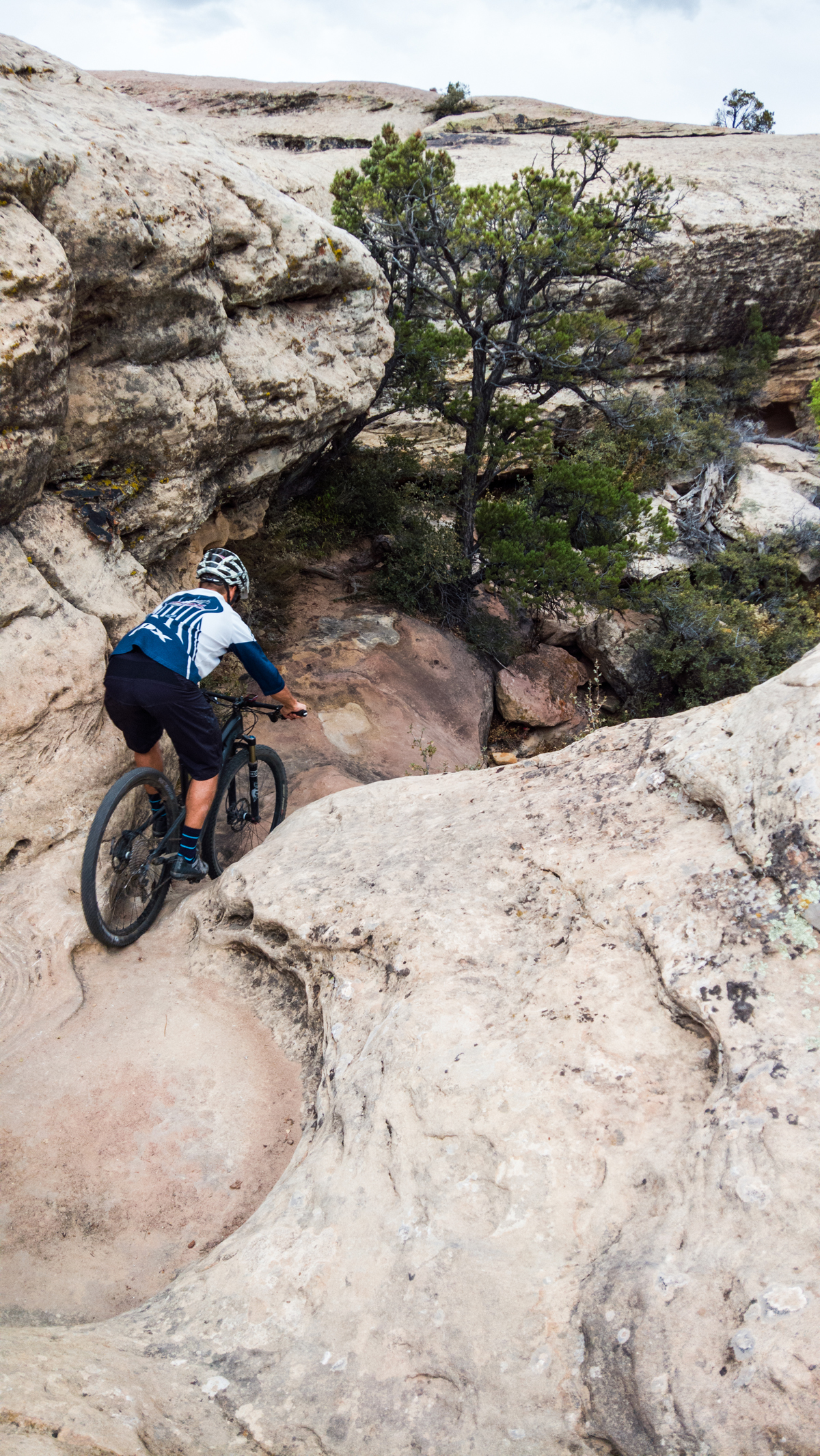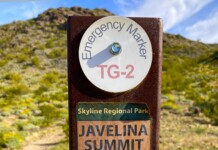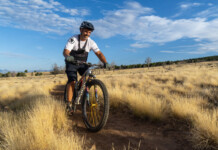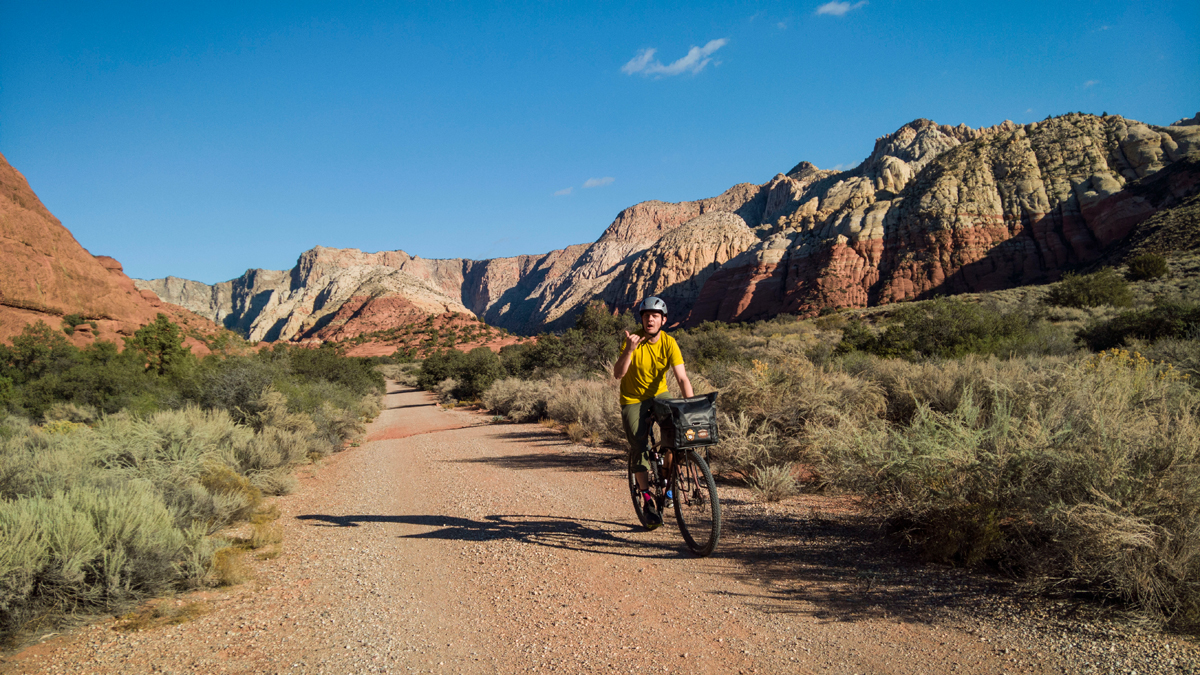By Lukas Brinkerhoff — No one has ever accused me of being mentally stable. Drop me in a room with a bunch of other people and suddenly, I feel like a deer in the headlights desperately looking for a way to avoid being ran over. Much in the same way, one on one conversations with folks I don’t know, the kind of conversations that require small talk and getting to know each other are things of nightmares. Or leave me alone in a mall and I will proceed to get lost upon walking into my first store. And then there’s my phobia of house cats. No, you wouldn’t refer to me as a well-rounded member of society. Well, maybe my mom would.

As they say the first step to solving a problem is recognizing it. I might be a little crazy but I can recognize when things are taking me to a place that is going to result in me, a bottle of bourbon and a bed for extended periods of time. It’s a twitch, a twinge in the back of my neck that is hardly noticeable, but once it rears its ugly head, there is only one thing left to do, escape.
My medicine escape can be found all around St. George, it’s kind of the reason I live here. It can be a quick lap on the Kentucky Lucky Chicken trail or just wandering around up there and letting the wind blow across my face. Sometimes it takes a little more effort and can be a 45+ mile loop on the Turkey Farm Road taking me between the Pine Valley and the Cottonwood Wilderness Areas. And my favorite, a quick overnighter camped on the rim of Gooseberry Mesa watching the towers flicker on Smith Mesa and the stars pass overhead followed by a long hard day riding the mesa.
The first half of the last decade, I spent residing in Santiago, Chile. Not only were there people always in my face, but open spaces were at a premium, at least in the city. There were two places that gave me some sort of solace and respite.
My “job” during this time in my life was teaching English to executives in downtown. I had classes in the morning and then a break till lunch. I would walk the few miles to get to Providencia where my next students would be waiting. Along the way was the Parque Forestal which was a city park by all definitions. There were a bunch of trees, benches, grass and plenty of people to watch. I would sit down and write descriptions of things I saw and breath the dirtiest air ever for an hour or so just to feel some semblance of an escape.
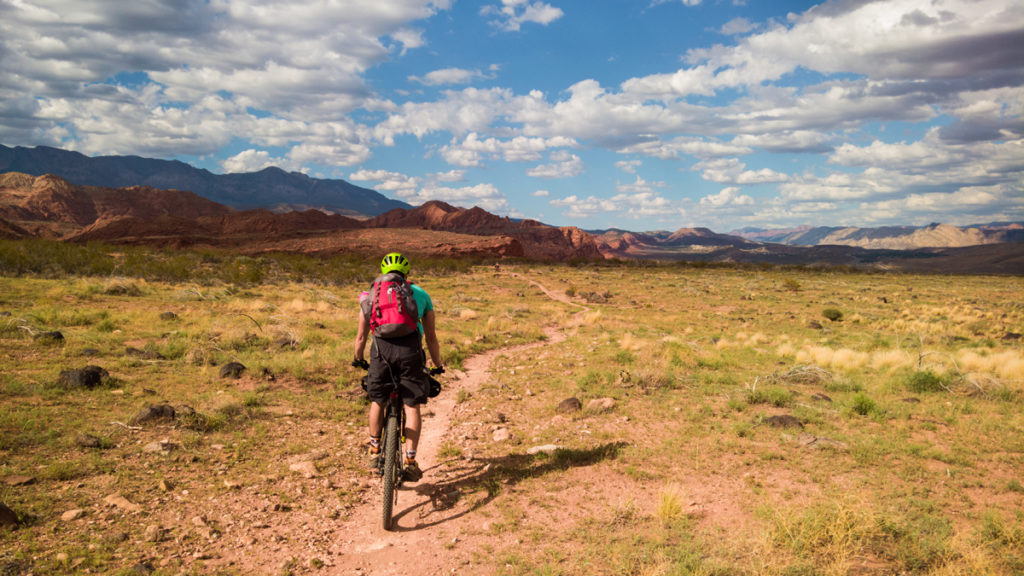
The second spot was behind the small community I lived in and was known as El Cerro Renca. There was a giant cross on top and it was entirely surrounded by people. Luckily, the couple mile rule is applicable even in South America and a jaunt up its steep slopes would leave me alone to ponder how loud the city was and to gather my thoughts. The cross was a bit rickety, but the peak was always the objective when I would head that direction. Once on top, I would just sit and listen. I would often be rebuked upon returning home for overstaying my time and missing obligations that I didn’t care about. While I lived in Santiago, there was never a time of more than a couple of months that I didn’t make it to the top of that hill.
To say that public lands are important to me would be understating one of the most obvious parts of my life. Almost everything that I feel passionate about has to do with using and visiting open spaces. And before anyone accuses me of being an outsider, I’m as Utahan as they come. Born and raised right here in St. Geezy. I can remember the frustration of hunting with my dad and not being able to access certain pieces of land thanks to private ownership, probably my earliest memories of open spaces and one of the reasons I feel so strongly about keeping public lands public.
If we were to say there was a problem with public lands, we would have to recognize the Tragedy of the Commons (don’t know what that is, Google it). Managing open spaces is to attempt to create spaces where each user group’s demands can be met without damaging the experience of the others.

Over the past decade or so, I’ve worked with multiple land managers from the Forest Service, BLM, State and local municipalities. Each experience was unique for sure, but they all had the underlying theme of wanting to work with me, with the exception of the State. Sure, there are restrictions and parameters within which they must operate, rules that help ensure that all interests are brought to the table. The one thing I’ve learned over the years is, that like most public workers, these folks are overworked, under-thanked and often not properly compensated for the time and passion they put into their work.
The most important take-away from my years of trying to get mountain bike trails built on public lands would come in the form of trying. I’ve found that most of us would love for trails to just appear, or for land managers to put them in without any effort on our part. However, as cliché as it is, the squeaky wheel will get the oil. If you want a certain type of trail or activity to be available for you on public lands, you need to get involved. Offer to help, bring plans, do what you can to make their job easier. In my experience that is all it takes to get what you want.
As I sit here typing, having just returned from yet another escape into the Red Cliffs Desert Reserve (a place local county officials would love to build a giant road through) to ride my bike and clear my head, I can’t imagine living anywhere else. And at the same time, I can’t imagine living in my home town if the spaces that I grew up with were lost. If there were homes on top of the red rocks that I ride, if there were roads through the wilderness areas that are my sanctuaries or if the mesas that are my cathedrals were drilled for oil extraction. One thing’s for sure, I will be doing everything within my power to make sure my sacred places stay open.
Lukas Brinkerhoff blogs about mountain biking and life at mooseknuckleralliance.org.
